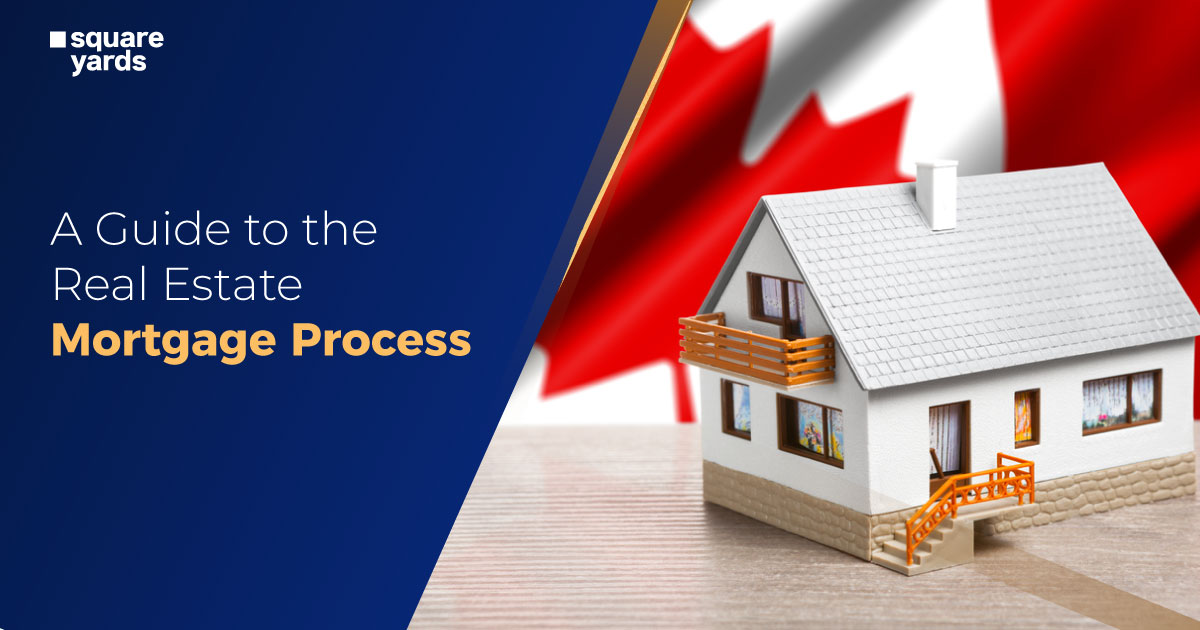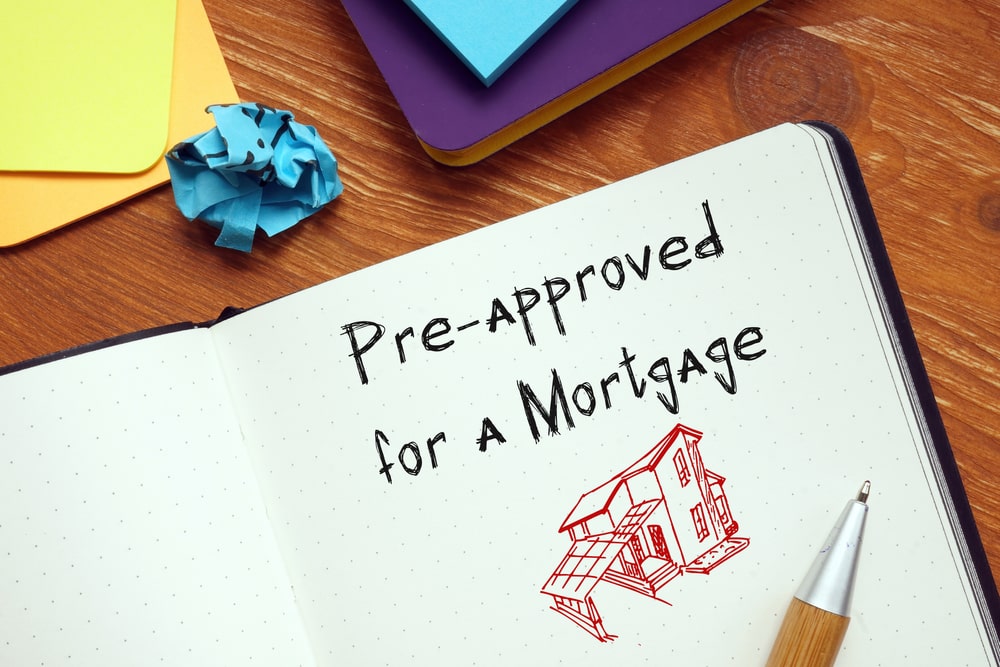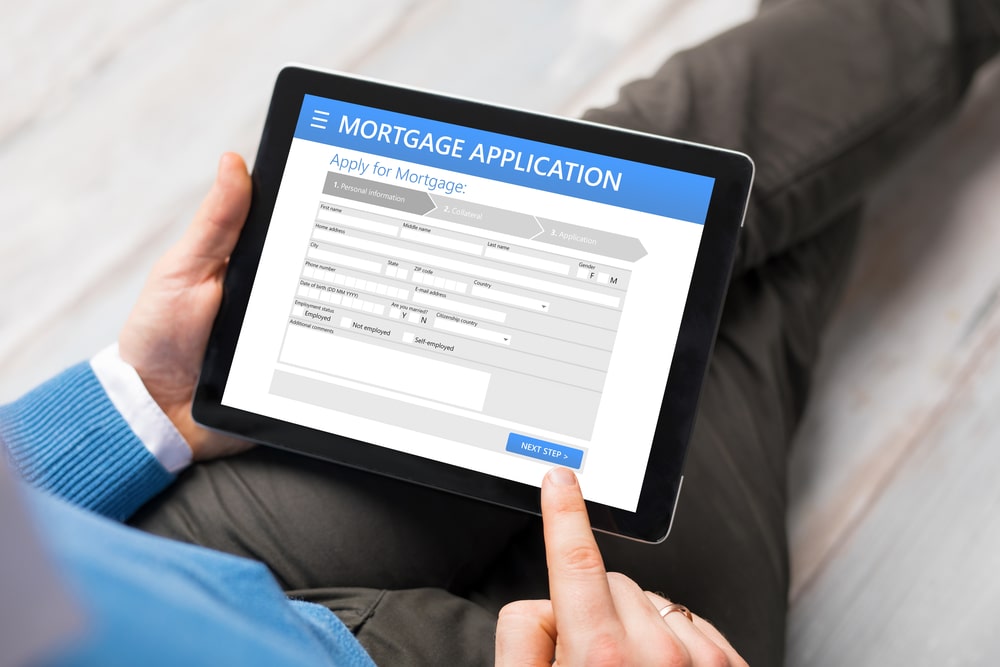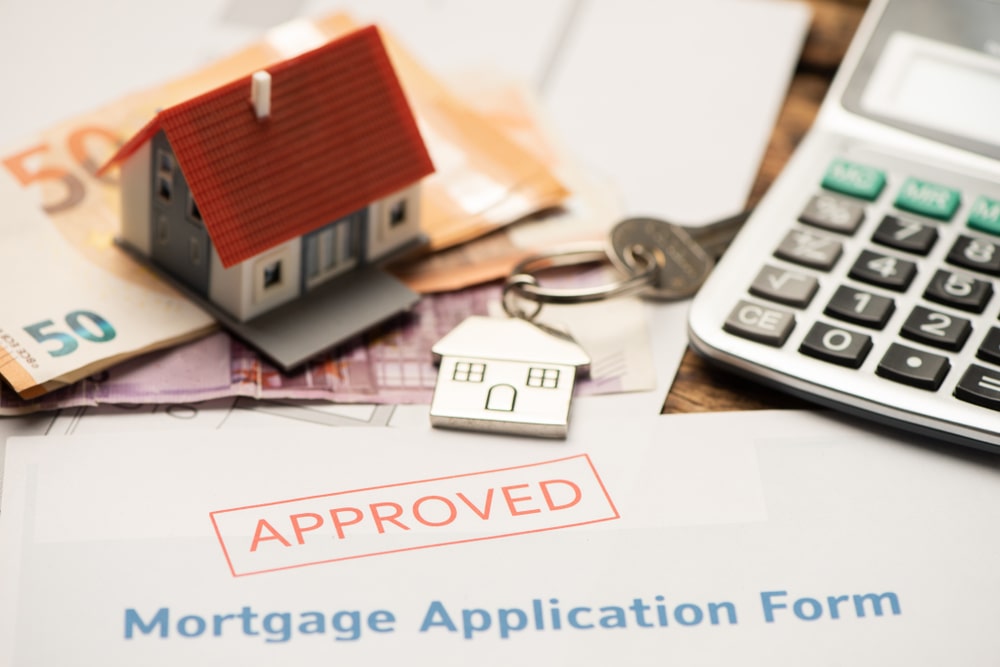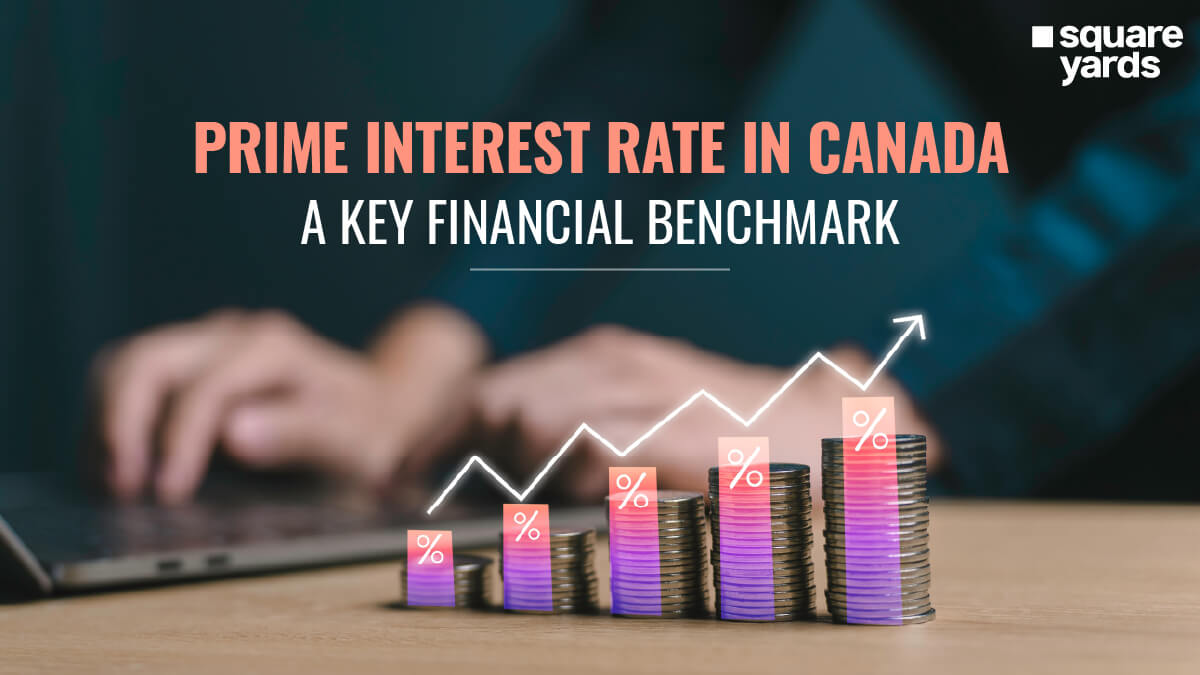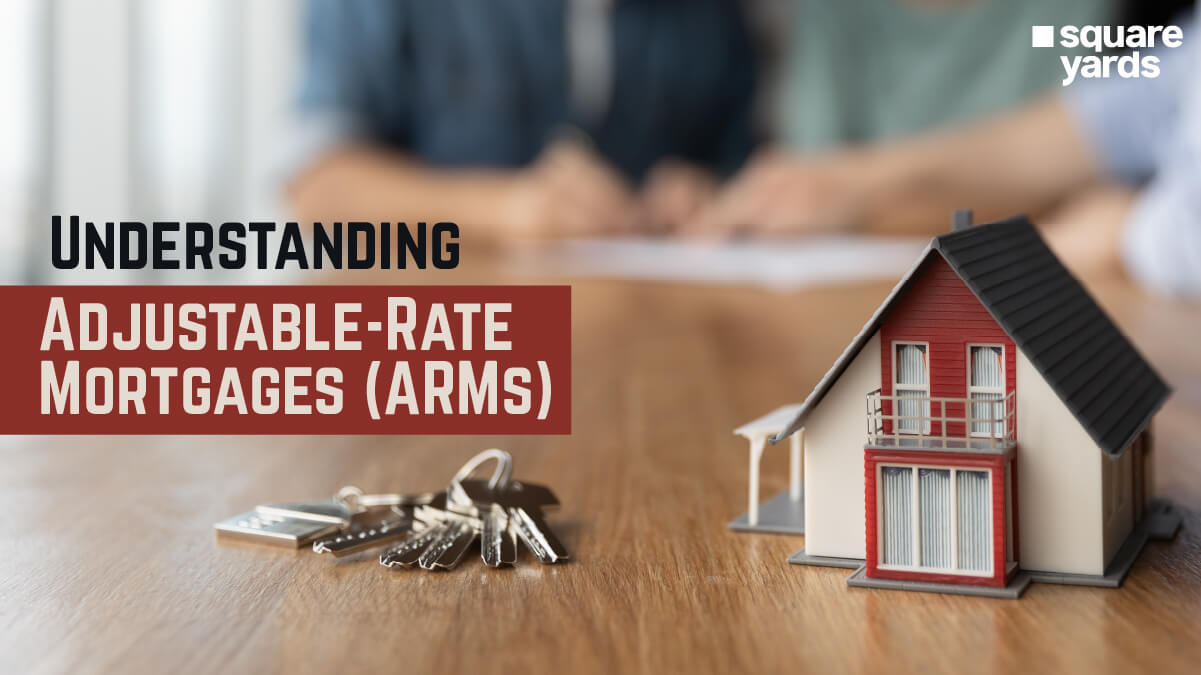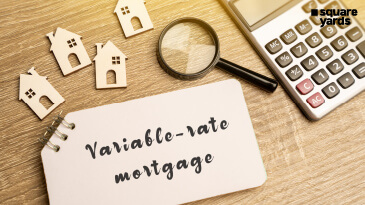Getting a mortgage can be an unnerving task which might result in the borrower losing his confidence. There are many mortgages to choose from, and the real estate mortgage process also requires a lot of paperwork. Evidently, fulfilling one’s dream of getting a home is a long road which requires a lot of financial planning.
If you are new to Canada and are looking for a step by step guide to inform you about the mortgage approval process then you have landed on the right page. This blog covers the entire real estate mortgage process and a few tricks to avoid having a hard time sealing the best mortgage application for you.
Initial Discussion
The first step to the mortgage approval process is a discovery call, a complimentary phone conversation which lasts for 10 to 15 minutes. Your borrowing capacity, property and loan objectives and the future steps are discussed during this phone call. This first step is great for building up your confidence. It will help you determine whether you can qualify for your mortgage requirements, the amount of money you can borrow, and whether you can proceed with a formal application or not.
This step is also called the mortgage pre qualification process. It is a glance at your credit history and the capacity to repay the mortgage. Your mortgage pre approval process will begin after this stage.
How to Get Mortgage Pre Approval?
If after the first step, you are considered to be a qualified applicant and that you are able to meet the requirements for a mortgage, then a mortgage application will be sent to you. A Privacy Consent Form is also sent along with the application. You are supposed to provide the documents mentioned in the document checklist which are essential for the application. It will take you some time to collect the documents and submit them.
After you have completed the privacy consent and application, your documents are organized and stored in a file. Your information is processed through the credit bureau report and your debt profile. Your file remains opened till you have provided all the documents required in the document checklist.
As the documentation is combined, your application is reviewed to see if you are the right fit for the mortgage or not. A mortgage pre approval is a step that helps in inculcating confidence in the applicant if there is a likelihood of the application being approved for the financial objective.
Find a Property
After you have received your mortgage pre approval, the next step is to look for a home. Some people start looking for a home even before they apply for a real estate mortgage process. You can use a variety of sources to look for your dream home. For instance, you can use online real estate portals like Trulia or Zillow, look for an off-market home, or buy a house at an auction. Ensure that you avoid making some common mistakes that people usually do while buying a home.
Apply for a Mortgage
Now, you are ready to apply for a final mortgage. For this, you will need to contact a mortgage lender, the one who gave you the mortgage pre approval. But, do not forget to look around to get the best deal. Every mortgage lender will ask you for your information if they do not already have that with them. You will have to provide the following documents to your lender
Employment
Name of phone, current employer and street address
-
- Length of duration at current employer
- Position/title
- Salary including bonuses, overtime or commissions
Income
-
- Two years of W-2s
- Profit and loss statement if self-employed
- Pensions, Social Security
- Public assistance
- Child support
- Alimony
Assets
-
- Bank accounts (checking, savings, brokerage accounts)
- Real property
- Investments (bonds, stocks, retirement accounts)
- Proceeds from the sale of your current home
- Relatives gifted funds (e.g. a gift of down payment for an FHA loan)
Debts
-
- Current mortgage
- Liens
- Alimony
- Child support
- Car loans
- Credit cards
- Real property
Property Information
-
- Street address
- Expected sales price
- Type of home (single-family residence, condo, etc.)
- Size of property
- Real estate taxes (annual)
- Homeowner’s association dues (HOA)
- Estimated closing date
Credit History
-
- Bankruptcies
- Collections
- Foreclosures
- Delinquencies
Your credit history is one of the most important factors that influences the approval of your mortgage. Hence, you must always check your credit report beforehand to see what your score looks like. You can ask for a free credit report each year from each of the three major reporting bureaus. Always stay prepared to answer any discrepancies in your credit report. Be sure of the amounts, dates and the reasons behind the faulty credit report.
Loan Processing
Here are the lsit of things required for loan processing during the real estate mortgage process.
-
Loan Estimate
All the documents provided above are put together to create the loan estimate. The document is a description of the terms and specifies the costs that would be incurred with the loan. By law, this document should reach you within 3 days of the application.
The loan estimate consists of the closing costs, monthly payments (insurance, taxes, interest, and principal), and the interest rate. The loan estimate also includes extra information about some special features like prepayment penalties or the increment in the loan balance even if you are paying on time (the process is also called negative amortisation).
Keep in mind that at this stage you are neither approved or denied of a loan. The loan estimate is a document of the estimated fees and terms. Please note that most types of loans use the Loan Estimate during the application stage. Some of the loan products, for instance the reverse mortgages still make use of two older forms – Truth-in-Lending (TIL) and the Good Faith Estimate (GFE) disclosure. You can have a look at what the Loan Estimates look like on the Consumer Financial Protection Bureau (CFPB) website.
-
File Opening
The loan processors pile together the documentation about the property and borrower, go through the information in the loan file and create a complete package for the underwriter. The file will then be opened and the following steps will be put to action:
-
- Ordering the credit report (if not pulled up for the pre-approval)
- Begin the verifying employment (VOE) and the bank deposits (VOD)
- Ordering the inspection of property (if necessary)
- Ordering property appraisal
- Ordering title search
Underwriting
The underwriter is the one who makes all the decisions in the real estate mortgage process. Their main criteria is to evaluate all the documentation prepared by the loan processor in the package. The information is cross checked to see if the property and borrower match the eligibility requirements necessary for the requested loan product.
The underwriters also go through the borrower’s credit history and their financial capacity to pay back the loan. The collateral (which is the property) is also taken into account during the decision making. The whole process is to double check the facts presented by the borrower and to find out any potential fraud.
-
Underwriting Decision
After the information is reviewed, the underwriter either rejects or approves the loan. Depending on the situation, the underwriters sometimes approve the loan with added conditions. For instance, they might demand for a written explanation of the borrower’s credit history, like collections or payments.
-
Lock Interest Rate
Between the initial approval and prior to closing, the interest rate for the required loan is locked. The interest rates vary everyday when the bond markets are operational for business.
-
Pre-Closing
Prior to the closing meeting, a title insurance is ordered so that you leave with a new home, which is also ready for you to move in. Ensure at this stage that all the contingencies have been resolved with your lender. After the conditions and contingencies are resolved, the closing is scheduled.
-
Closing
The documents are drawn, printed out and then given to the title company, the place where the closing meeting happens. You need to pay close attention to the Closing Disclosure. It is somewhat like the Loan Estimate. The only difference is that the Loan Estimate gives you a mirror of the expected costs while the Closing Disclosure just verifies the estimated costs. The two should be somewhat similar because the law also requires them to be matching.
-
Three-Day Review Period
The Closing Disclosure can be reviewed three days before the closing meeting, as per your rights according to the law. This is the time when you should review your loan terms. For instance, you will compare the Closing Disclosure to the Loan Estimate but in a few cases you will compare the HUD-1 Settlement Statement to the GFE.
The countdown for your mortgage approval process to reach its zenith official begins at this stage. Here, only the small things like typos are allowed to be changed in the application, the bigger changes put the three-day review period in motion again. The countdown to your application being approved will begin if:
-
- The APR alters by more than 1/8th percent on the loan changes or 1/4th percent which usually happens on the rate loans that are adjustable.
- The mortgage is added with a prepayment penalty.
- There is a slight change in the loan products (for instance, the change from a fixed loan rate to an adjustable loan rate).
Final Walk-Through
As per law, you can have a final walk-through of property a day before the closing meeting. Ensure that the seller has already vacated the property.
Closing Meeting
In the closing meeting, you will sign a bundle of documents and complete the refinance or purchase. Some documents finalise the deal between the lender and you. The other documents will finalise the deal between the seller and you. You need to carry with you two official identification documents such as a passport and a driving licence. If the closing costs are not mentioned in the loan amount, then you need to talk to your loan officers about how you are planning to transfer the funds via cashier’s check or electronically. For your information, the closing costs consist of settlement fees, prepaid expenses for taxes, homeowner’s insurance, and mortgage insurance.
Please note: A cheque-book could be used if there are any differences in the final amount and the estimated balance owed. The closing meet could take a few hours and it also includes a lot of paperwork.
Key Closing Documents
-
- Closing Disclosure (TIL or HUD-1 in some cases) – a brief of the closing costs, monthly payments and loan terms.
- Promissory Note – a note making a promise that you will repay the loan. It reveals the terms of the loan, the lender’s recourse in case you are not able to make the payment and the loan amount.
- Deed of Trust – secures the above note and provides the lender a claim against your home if you do not live up to the agreed terms.
- Certificate of Occupancy – you will need this legal document if the house is newly constructed.
After you have signed all the documents, you would no longer be required in the closing meeting. The final closing items are taken care of in the background; the title company will finish the funding and recording.
Right of Rescission
The federal law states that you have an option of cancellation or opt-out related in some types of mortgage transactions. This is called a Right of Rescission. Your deadline is until the midnight of the third business day after you have signed the closing documents to cancel the following:
-
- A refinance transaction related to an owner-occupied home
- Reverse mortgages
Please note: The purchase transactions do not provide this feature.
Frequently Asked Questions (FAQs)
How do mortgage brokers get paid?
The mortgage brokers get a commission (which is also called the finder’s fee) by the lender once the mortgage funds after the real estate mortgage process.
How long does it take for a mortgage to be approved?
It usually takes around 2 to 6 weeks to get the mortgage approved after the mortgage application has been submitted.
What is the first step in the mortgage process?
The first step of the real estate mortgage process is to submit the mortgage application.
What are the stages involved in a mortgage loan?
The mortgage approval process includes the following stages: Acceptance of application, Property offer, Loan application, Processing of loan, Loan underwriting, Loan amount release or Closing.

